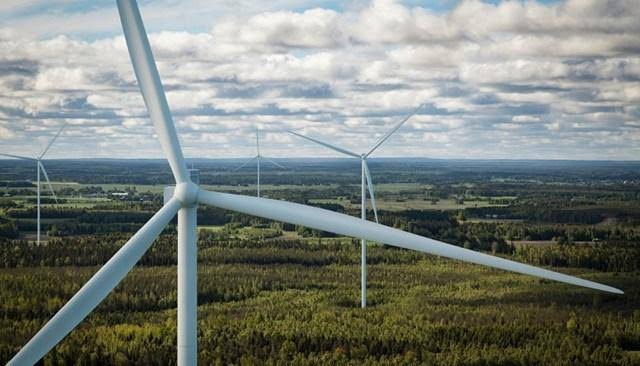KEY POINTS
- A Danish-backed project aims to assess wind resources in South Africa’s coal-rich Mpumalanga province.
- The initiative supports South Africa’s transition from coal to renewable energy sources.
- The validation process is crucial for unlocking future investments in wind energy in the region.
A new renewable energy project, funded by Denmark’s Energy Agency, is currently being implemented to assess the viability of wind energy in South Africa’s Mpumalanga province, which has long been dependent on coal. This is a good move towards the right direction in the fight against the use of coal based energy in the country.
Mpumalanga, which is known as the powerhouse of the South African coal industry, has been the powerhouse of the South African energy sector for a long time. But the global trend of cutting carbon emissions has raised pressure on the regions that rely on coal to adopt renewable power sources.
The wind resource validation project, which is supported by the Danish government, aims at ascertaining the feasibility of wind energy in a country that has relied on coal fired power plants.
Wind resource validation in a key region
The Danish Energy Agency is working with the South African government and energy actors to evaluate the wind energy resource of Mpumalanga.
The project is expected to give specific information on the wind direction, velocity and the amount of energy that can be harnessed. The project seeks to unlock future investment in wind farms by providing an accurate assessment of the wind resources in the region and place Mpumalanga on the map as a potential hub for renewable energy.
Since Mpumalanga province is one of the most important provinces in terms of energy generation in South Africa, the success of this project can greatly influence the achievement of the country’s renewable energy goals. Wind energy is viewed as an additional source of electricity generation to solar energy which has started being implemented in other regions of South Africa.
As reported by Engineering News, the emphasis on wind power potential in Mpumalanga is an effort to diversify energy generation in a way that will allow the country to wean itself off coal in a financially sustainable manner.
Promoting South Africa’s transition to green energy
South Africa is at the moment the largest emitter of greenhouse gases in Africa mainly because of its reliance on coal. Over the last few years, the government has increased its attempts to incorporate renewable energy such as wind, solar and hydropower. This wind validation project is one in a series of efforts to transition Denmark’s energy sector to a low-carbon economy.
The Mpumalanga region that hosts many of the South Africa’s coal mines and power plants is under threat as the country shifts to renewable energy. It may be easier to transition away from the mining of coal and burning it for electricity if there are other real options such as wind energy, which the project may also have the potential to bring new jobs and opportunities to Indian communities impacted by the change.
Unlocking future investments
The investors will be in a better position to determine the viability of the region in supporting wind farms after the data collected from the wind resource validation. This information will be useful in future investment decisions since various firms are exploring the renewable energy market in South Africa. This project is a clear example of how countries can come together to fight climate change as Denmark has done in this project.
Such projects demonstrate that even though the country is still slowly in transitioning toward renewable resources, a cleaner South Africa is possible. Support from the Danish Energy Agency means that the initiative has the backing required to become successful, moving the South Africa nearer to its renewable energy objectives.



